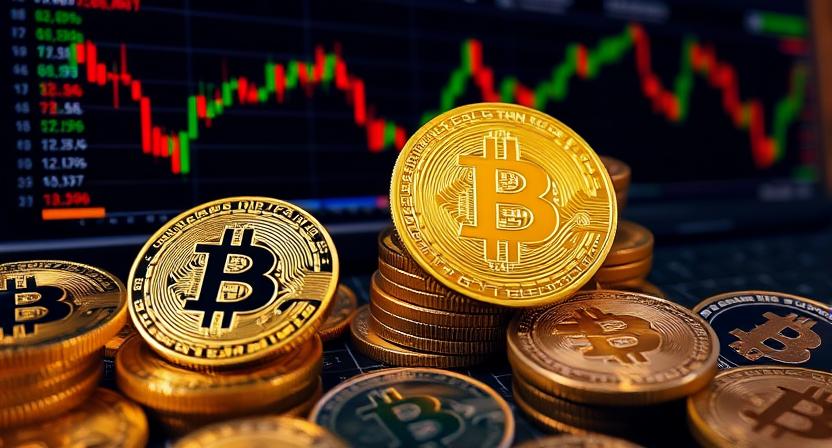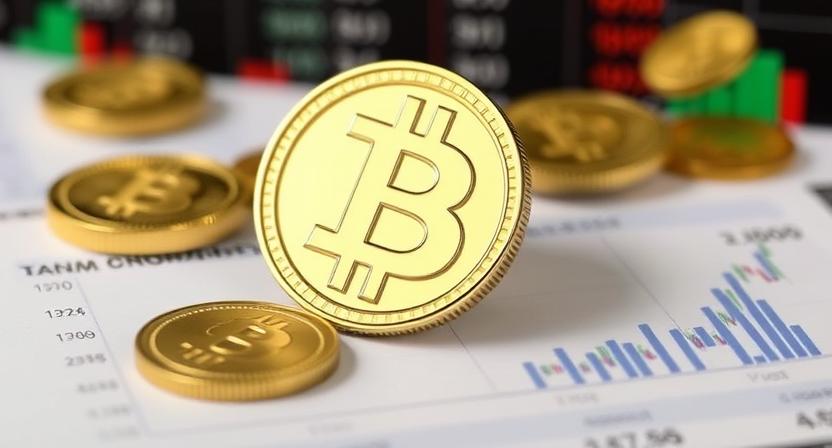The cryptocurrency market thrives on volatility, innovation, and accessibility. One pivotal event that can significantly influence a cryptocurrency’s valuation is its listing on a major exchange. Exchange listings act as a gateway for tokens to reach broader audiences, impacting their price, liquidity, and long-term market perception. Understanding the effects of exchange listings on cryptocurrency valuations reveals why these events are closely watched by investors and developers alike.
What Are Cryptocurrency Exchange Listings?
A cryptocurrency exchange listing occurs when a digital asset is added to a trading platform, enabling users to buy, sell, or trade it. Major exchanges like Binance, Coinbase, and Kraken have rigorous vetting processes, evaluating factors such as a project’s technology, team credibility, and market potential. Listings on reputable platforms signal trust and legitimacy, often sparking immediate market reactions.

The Immediate Price Surge
One of the most noticeable effects of an exchange listing is a short-term price surge. When a cryptocurrency is listed on a prominent exchange, it gains exposure to a larger pool of investors, driving demand. For example, tokens listed on Binance often experience price spikes of 20-50% within hours of the announcement. This phenomenon, known as the “exchange listing effect,” stems from heightened investor enthusiasm and speculative trading.
The surge is fueled by several factors:
- Increased Accessibility: Listings make it easier for retail and institutional investors to purchase the token, boosting trading volume.
- Market Sentiment: A listing on a top-tier exchange is perceived as a vote of confidence, encouraging bullish behavior.
- FOMO (Fear of Missing Out): Traders rush to buy, anticipating further price increases, which amplifies the rally.
However, these spikes are often short-lived. Post-listing dumps can occur as early investors or speculators sell off holdings to lock in profits, leading to price corrections.
Liquidity and Trading Volume
Exchange listings significantly enhance a cryptocurrency’s liquidity. Platforms with high trading volumes provide tighter bid-ask spreads, making it easier for investors to enter or exit positions without significant price slippage. Increased liquidity often stabilizes a token’s price over time, reducing volatility compared to trading on smaller, less liquid exchanges.
Higher trading volume also attracts institutional investors, who require robust liquidity to execute large trades. For instance, when a cryptocurrency like Solana or Cardano secures a listing on a platform like Coinbase, it often sees sustained trading activity, contributing to long-term price stability and growth.
Long-Term Valuation Impacts
While short-term price spikes grab headlines, the long-term effects of exchange listings are more nuanced. A listing can elevate a project’s visibility, attracting developers, partners, and community members. This increased engagement can drive fundamental growth, such as protocol upgrades or ecosystem expansion, which supports sustained valuation increases.

However, not all listings guarantee success. If a project fails to deliver on its roadmap or faces regulatory scrutiny, the initial boost from a listing may fade. For example, some tokens listed during the 2017 ICO boom saw massive initial gains but later crashed due to weak fundamentals.
Risks and Challenges
Exchange listings come with risks that can negatively impact valuations:
- Pump-and-Dump Schemes: Some lesser-known exchanges or tokens may be manipulated, leading to artificial price inflation followed by sharp declines.
- Regulatory Concerns: Listings on exchanges in jurisdictions with strict regulations can expose projects to compliance challenges, affecting investor confidence.
- Market Saturation: As more tokens compete for listings, the impact of being listed on a major exchange may diminish, especially for smaller projects.
Strategies for Investors
For investors, navigating exchange listings requires careful analysis:
- Research the Project: Evaluate the token’s technology, use case, and team to ensure it has long-term potential.
- Monitor Trading Volume: Post-listing volume can indicate whether price movements are sustainable.
- Avoid FOMO: Resist chasing short-term spikes without understanding the project’s fundamentals.
Conclusion
Exchange listings are a double-edged sword in the cryptocurrency market. They can propel valuations through increased accessibility, liquidity, and market sentiment, but they also carry risks of volatility and manipulation. By understanding the dynamics of exchange listings, investors can make informed decisions, balancing short-term opportunities with long-term value creation. As the crypto market evolves, exchange listings will remain a critical factor in shaping token valuations.
